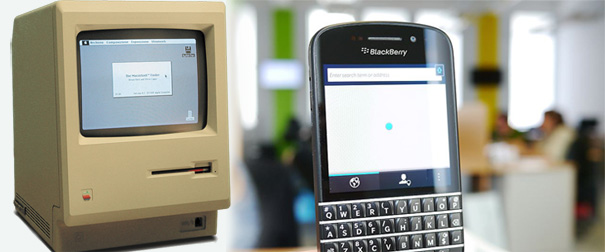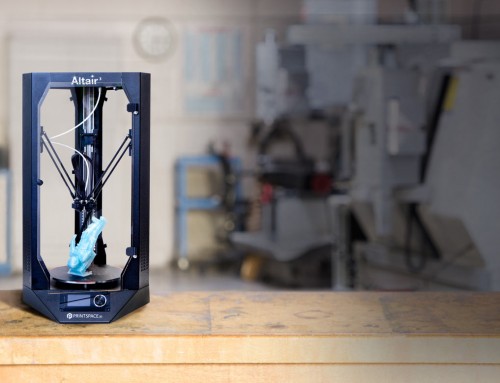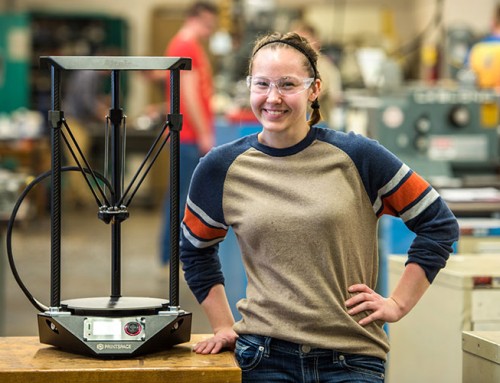How do you convey a revolution to someone? How hard was it for Steve Jobs and Steve Wozniak to convey the importance of an invention like the personal computer back in the 70s? If you had stopped anyone on the street back then and asked them if they would like a computer in their homes, most likely they would have replied “What for?” Yet today we are steadily heading towards a point where personal computers outnumber people and most people couldn’t imagine a life without them.
3D printing has been around since the 80s, but it’s only been in the past few years that it’s really come into the mainstream spotlight. Just like computers, 3D printers started out as massive, expensive machines that only corporations could afford and just like the personal computers of today you’ll be hard pressed to find a house without a 3D printer in a few years.
Like people from the pre-computer age, you may be asking what you would need a 3D printer for? This is where it gets difficult, because we have a tendency to think the future will be a continuation of the past. Depending on how old you are there was probably a point in your life when you didn’t have a cell phone. Today, it may be hard to imagine living with no cell phone (or smartphone as is ever more the case), but it was that way not too long ago. We quickly learn to adapt to new technology and incorporate it as a fact of life, forgetting that we managed without it just a few years earlier.
Even though it hasn’t happened yet, 3D printing is likely going to take its place as one of the defining technologies in history next to the automobile, airplane and computer because of the impact in can have in our lives.
Electronics, materials advancements, and 3D scanning technology will help propel this technology forward. Advancements in stereolithography and selective laser sintering are some that are furthering the technology. 3D printing was even one of the top features at the Consumer Electronics Show in Vegas this year. Music star will.i.am, a creative officer for 3D Systems predicted that within a decade, “3D printers will be in your house like refrigerators, TVs and microwaves.”
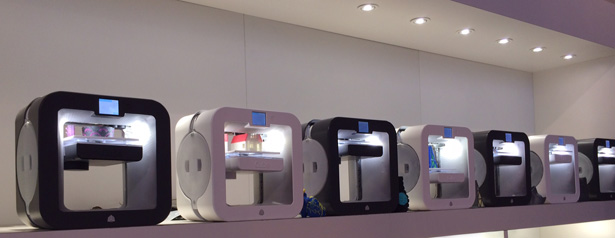
New Technology Upsets Manufacturing Methods
Before the industrial revolution, artisans produced items that required skill and training to manufacture. These artisans were governed under a guild system that oversaw master-apprentice training within that art. This type of system wasn’t capable of producing the kind of economic wealth we see today and couldn’t lead to a highly technological society such as ours.
New manufacturing methods such as the assembly line pushed the industrial revolution forward in the 1800s. The automation of manufacturing machines in industries such as textile production relegated the old hand production system to obsolescence as a mainstream manufacturing system.
Following innovations like Henry Ford’s assembly line, we were now able to manufacture a large number of products at low cost. Each product produced was identical in form, function and quality.
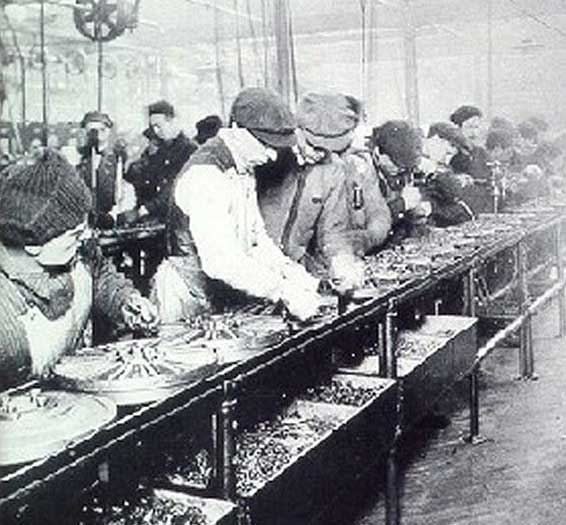
1913 Ford Assembly Line
Mass production has been subject to a continuous process of refinement with more efficient design (such as the Just-In-Time or JIT system pioneered by Toyota) and the advent of manufacturing robots. 3D printing now stands to be a game changer by bringing products directly into homes without the need for mass manufacturing.
The 3D Printing Revolution
Mass production is hardly dead, but the future of this approach to making things could be made as obsolete as those pre-industrial age hand weavers, thanks to future developments in 3D printing.
3D printing has the potential to completely upset the way we make and consume things. It brings the advantages of mass production (automation, consistent quality, low cost) directly to the individual end user with the added benefit of customization.
In this first part of the article we’ve had a quick overview of the background to 3D printing, now it’s time to cast our eyes forward and discuss the future of this technology. Join us for part two where we will look at where 3D printing currently is and where it’s likely to go over the next few decades.
